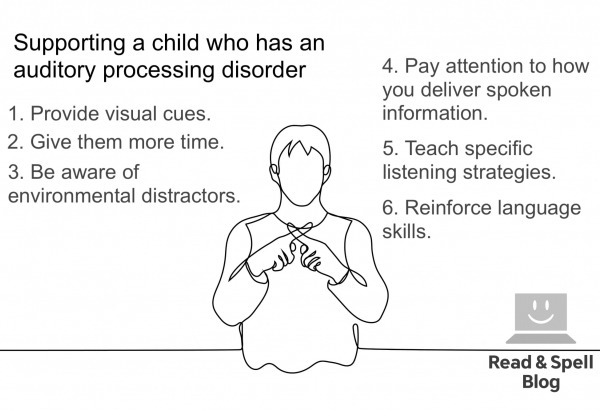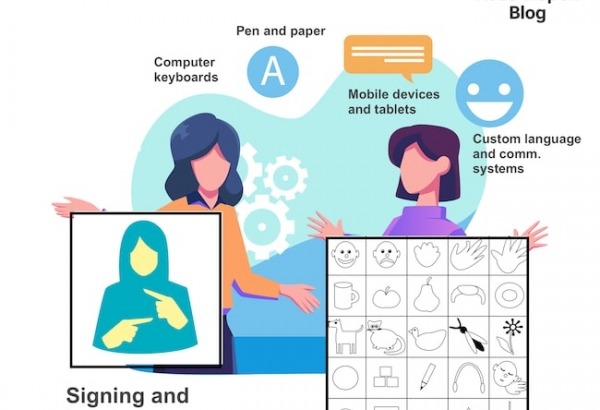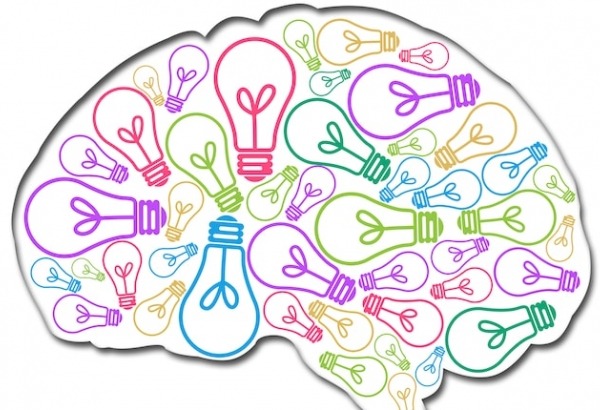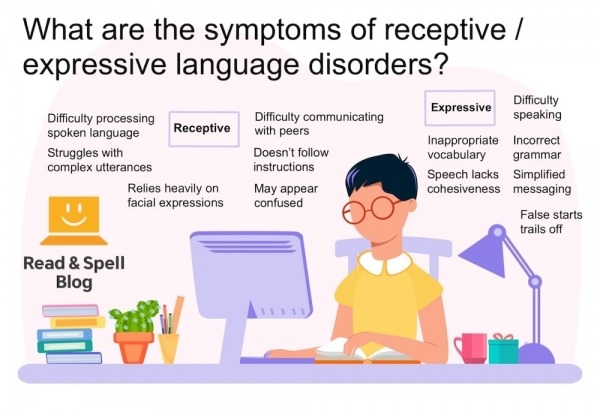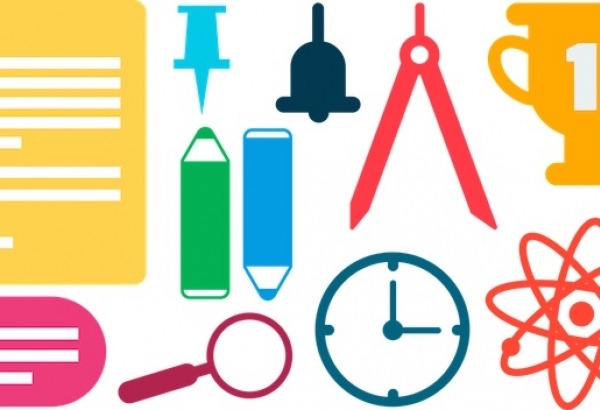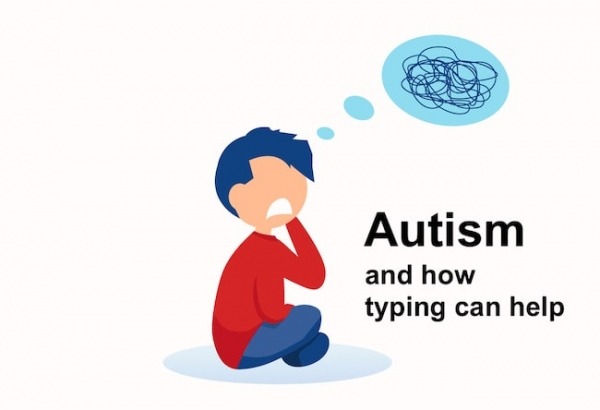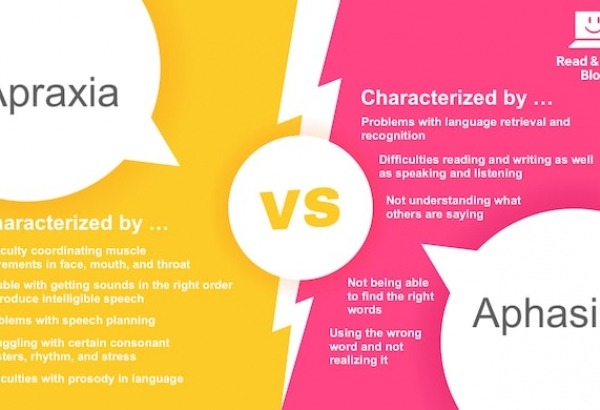Augmentative and alternative communication is a general term used to refer to approaches, strategies, and tools that enable children and adults with autism and speech and language disorders to communicate their wants, needs, thoughts, and emotions.
Augmentative and alternative communication is not appropriate for everyone with a speech or language disorder, but may be useful for people with apraxia of speech, stroke-related dysphasia and dysarthria, and other conditions that affect written expression and/or control of the muscles of the face, throat and mouth, such as cerebral palsy.
Sign language, pen and paper, and hand gestures are basic forms of augmentative and alternative communication, as is using a chart and pointing to pictures, letters, words or symbols.
Alternatives to speech can be as high-tech as specially fitted devices which allow people to communicate using custom buttons and pressure sensors, or as everyday as children and adults making use of a laptop computer and smartphone to meet their communication needs. On a computer or mobile device, written language can either be typed and displayed on screen or typed and read aloud by an automatized voice facilitated by text-to-speech technology.




